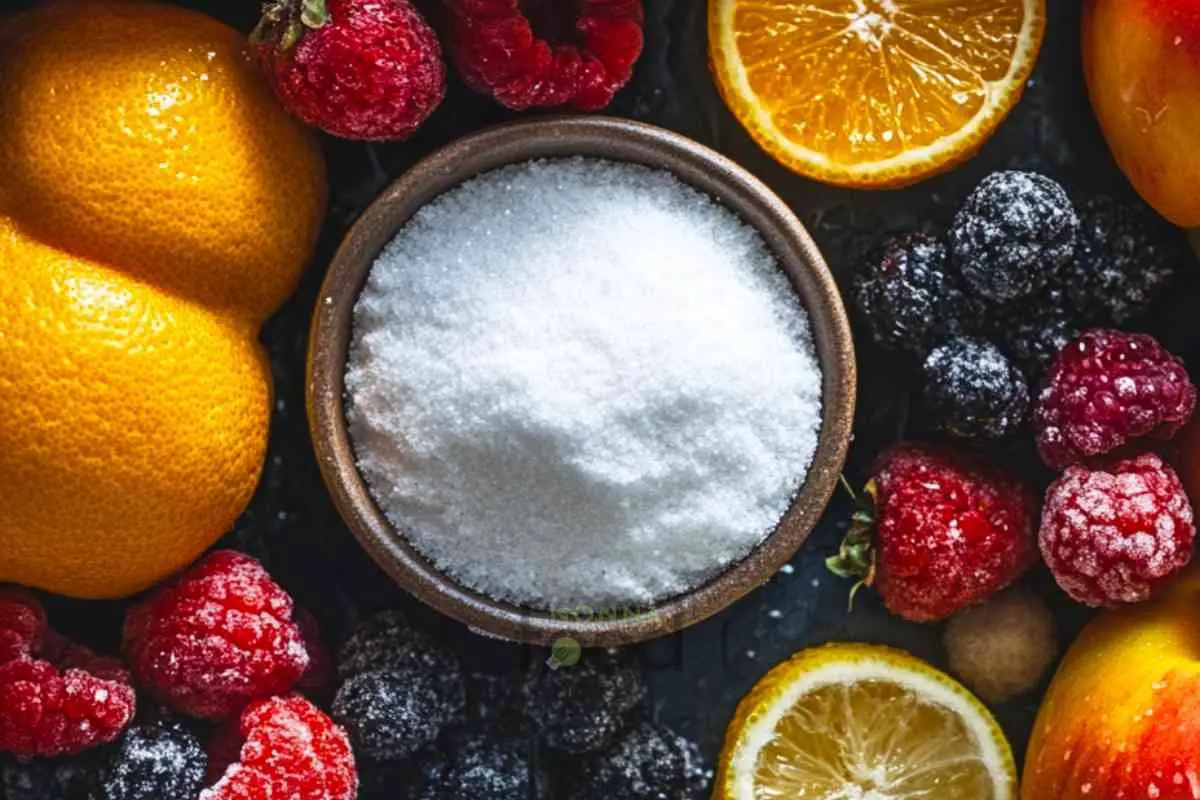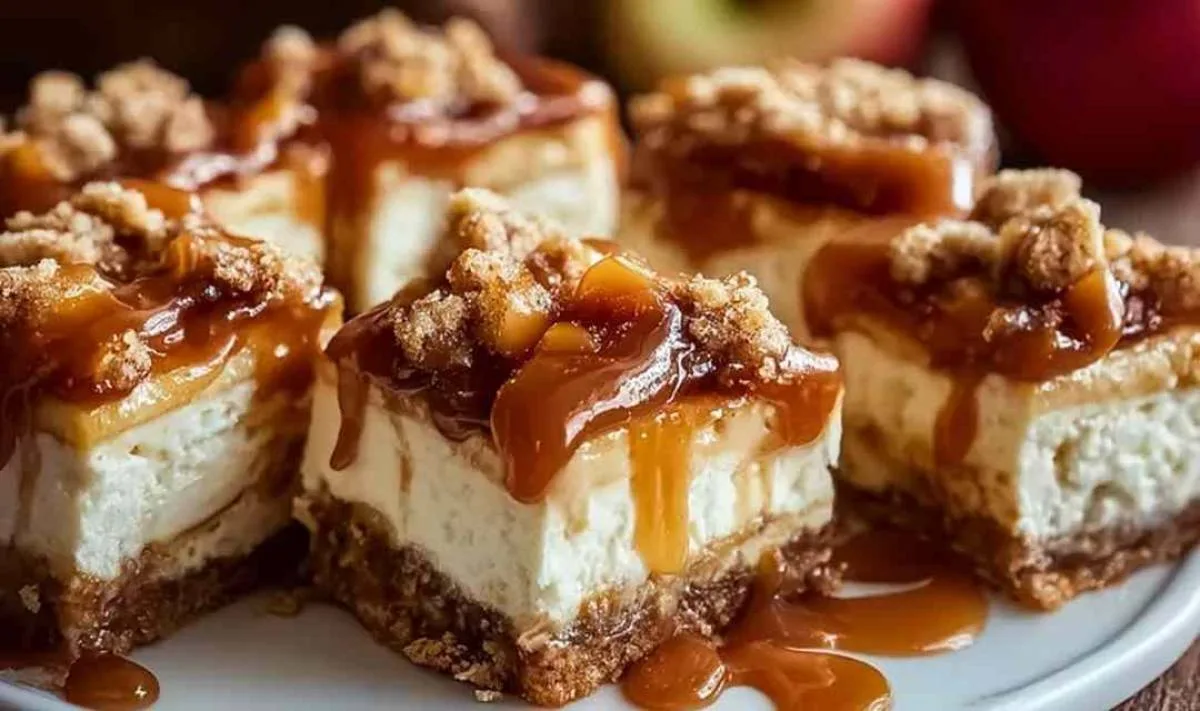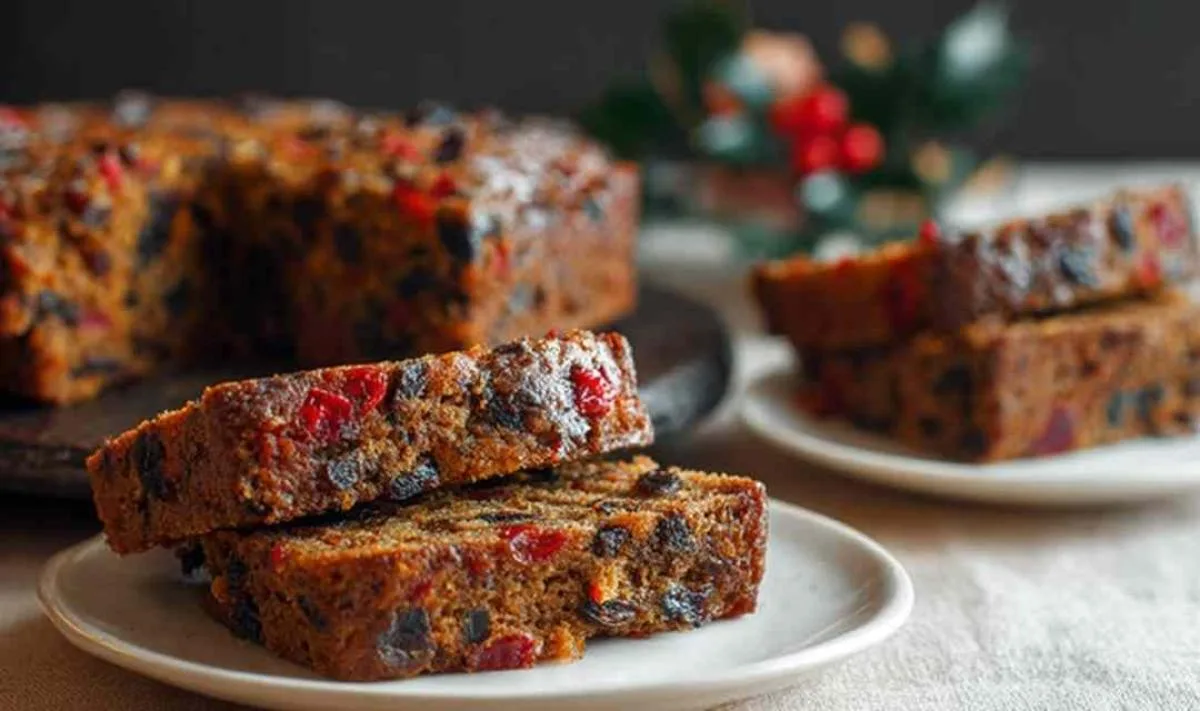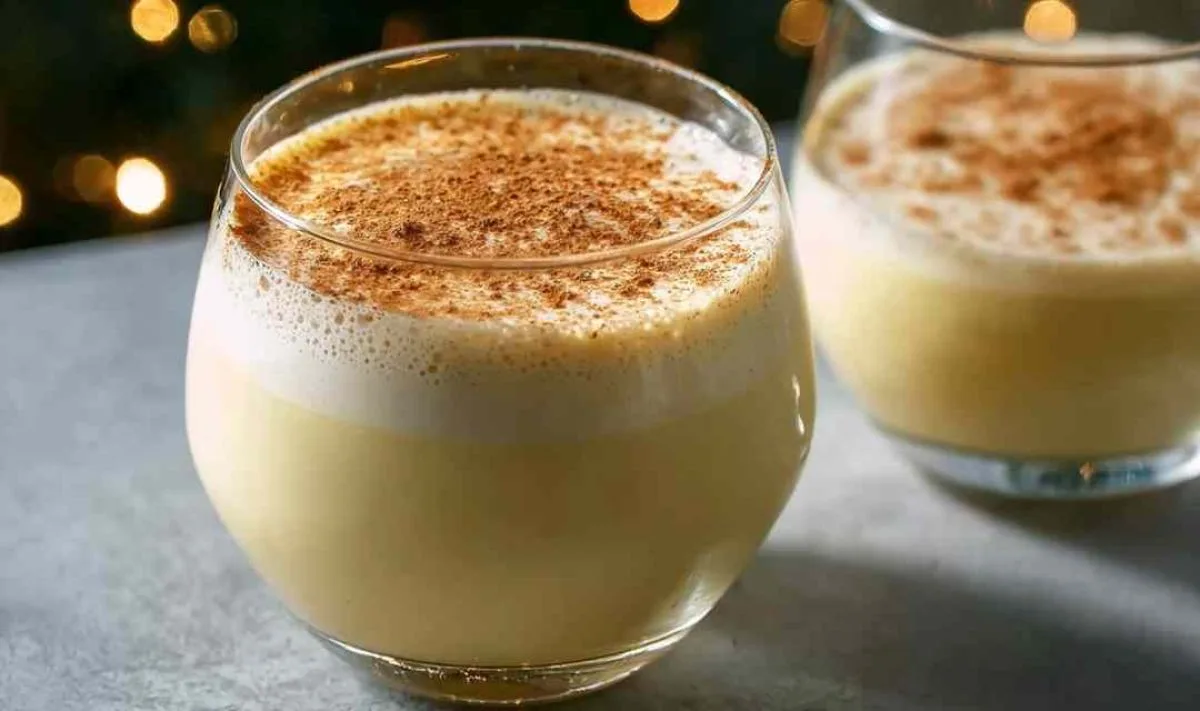Cleaning Fruit with Baking Soda
Cleaning fruit is an essential step before enjoying your favorite snacks. Many people overlook this important task. However, using baking soda can make a big difference. It’s a simple and effective way to ensure your fruits are safe to eat. In this article, we’ll explore why cleaning fruits is important and how baking soda can help.
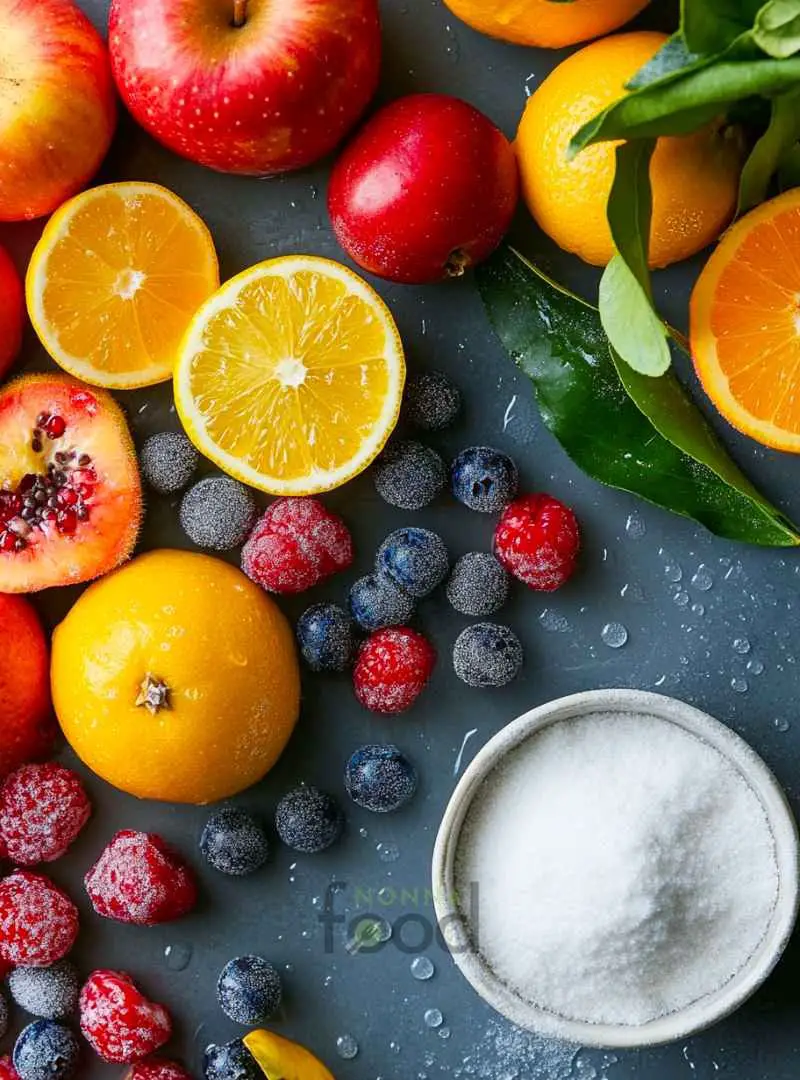
Importance of Cleaning Fruits
Fruits can carry dirt, pesticides, and bacteria. These unwanted substances can harm your health. Washing fruits helps remove these harmful elements. It’s especially crucial for fruits that you eat with the skin on, like apples and grapes. Even organic fruits can have residues. So, cleaning them is a smart choice.
Moreover, cleaning fruits can enhance their taste. When you wash away dirt and chemicals, you get to enjoy the true flavor of the fruit. Plus, it makes your fruits look more appealing. Who doesn’t love a shiny, clean apple?
Benefits of Using Baking Soda for Cleaning
Baking soda is a safe and natural cleaning agent.It’s non-toxic, making it perfect for cleaning fruits. One of the main benefits is its ability to remove pesticides. Research indicates that baking soda can effectively break down pesticide residues.This means you can enjoy your fruits without worrying about harmful chemicals.
Another advantage is that baking soda helps eliminate bacteria. It acts as a gentle abrasive, scrubbing away dirt without damaging the fruit. This method is especially useful for berries and other delicate fruits. Plus, it’s easy to use. Just mix baking soda with water, soak the fruits, and rinse them off.
In addition, using baking soda is cost-effective. It’s an inexpensive product that you likely already have at home. So, you can clean your fruits without spending a lot of money. This makes it a practical choice for everyone.
In conclusion, cleaning fruit with baking soda is a smart and effective way to ensure your snacks are safe and delicious. By understanding the importance of cleaning fruits and the benefits of using baking soda, you can enjoy your favorite fruits with peace of mind.
How Baking Soda Works as a Cleaning Agent
Baking soda is a fantastic natural cleaner. It’s safe, effective, and easy to use. Many people don’t realize that this common kitchen ingredient can help clean fruits. When you clean fruit with baking soda, you’re using a powerful tool to remove dirt and chemicals. This approach is not only easy but also environmentally friendly.
Chemical Properties of Baking Soda
Baking soda, or sodium bicarbonate, has unique chemical properties. It’s a mild alkaline compound. This means it can neutralize acids. When you mix baking soda with water, it creates a solution that can lift dirt and grime. The gentle abrasiveness of baking soda helps scrub away unwanted residues without damaging the fruit.
Additionally, baking soda can dissolve certain types of dirt. It reacts with acids found in some fruits, making it easier to clean. This reaction helps break down stubborn residues. As a result, your fruit becomes cleaner and safer to eat.
Effectiveness Against Pesticides and Bacteria
One of the biggest concerns with fruits is pesticides. These chemicals can linger on the surface. Luckily, cleaning fruit with baking soda can help. Studies show that a baking soda solution can effectively remove pesticide residues. It works by breaking down the chemical bonds of these harmful substances.
Moreover, baking soda is also effective against bacteria. It can help reduce the number of harmful germs on your fruit. This is especially important for fruits that you eat raw. By using baking soda, you can enjoy your fruit with peace of mind.
In conclusion, cleaning fruit with baking soda is a smart choice. It’s a natural, effective way to ensure your fruit is safe and delicious. So, next time you reach for that box of baking soda, remember its cleaning power!
Step-by-Step Guide to Cleaning Fruit with Baking Soda
Cleaning fruit is essential for removing dirt, pesticides, and bacteria. One effective method is using baking soda. This natural cleaner is safe and easy to use. In this guide, we’ll explore how to clean various fruits with baking soda. Let’s dive in!
Choosing the Right Baking Soda
When it comes to cleaning fruit, not all baking soda is created equal. You should always opt for food-grade baking soda. This type is safe for consumption and free from additives. You can find it in most grocery stores. Just check the label to ensure it’s pure. Using the right baking soda makes a big difference in your cleaning process.
Preparing the Cleaning Solution
Now that you have the right baking soda, it’s time to prepare your cleaning solution. This step is crucial for effective cleaning. You want to ensure that the solution is strong enough to remove dirt and residues.
Ratio of Baking Soda to Water
The ideal ratio for your cleaning solution is one tablespoon of baking soda for every two cups of water. This mixture is effective yet gentle on your fruits. Simply mix the baking soda into the water until it dissolves completely. Once your solution is ready, you can start cleaning your fruits.
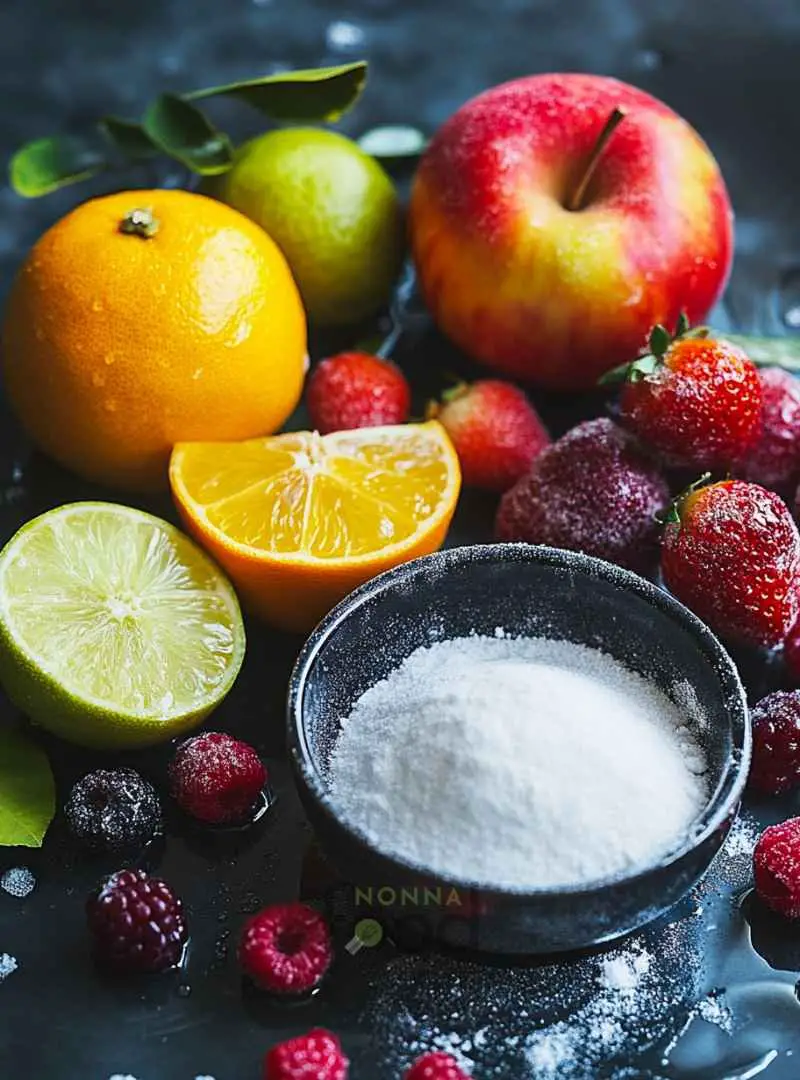
Cleaning Different Types of Fruits
Different fruits require different cleaning techniques. Here’s how to clean some common types of fruits using your baking soda solution.
Berries
Berries, like strawberries and blueberries, are delicate. To clean them, soak them in the baking soda solution for about five minutes. After soaking, gently rinse them under cool running water. This method helps remove dirt without damaging the berries.
Apples and Pears
Apples and pears have a waxy coating that can trap dirt. To clean these fruits, scrub them gently with a soft brush while they’re in the baking soda solution. Rinse them thoroughly afterward. This technique ensures that you remove any residues effectively.
Citrus Fruits
Citrus fruits, like oranges and lemons, can also benefit from baking soda. Use the same soaking method as with berries. However, you can also use a cloth to wipe the surface while soaking. This extra step helps remove any stubborn residues.
Stone Fruits
Stone fruits, such as peaches and plums, should be cleaned carefully. Soak them in the baking soda solution for about five minutes. After soaking, rinse them well under running water. This method helps keep their skin intact while ensuring they’re clean.
In conclusion, cleaning fruit with baking soda is a simple and effective method. By following these steps, you can enjoy fresh, clean fruit without worrying about harmful residues. So, grab your baking soda and start cleaning today!
Additional Tips for Cleaning Fruit with Baking Soda
Cleaning fruit with baking soda is a simple and effective method. It helps remove dirt, pesticides, and wax. However, there are additional tips to enhance your cleaning process. Let’s explore some helpful techniques.
Soaking vs. Scrubbing
When it comes to cleaning fruit, you can choose between soaking and scrubbing. Soaking is great for soft fruits like berries. Just fill a bowl with water and add a tablespoon of baking soda. Let the fruit sit for about 10 minutes. This method loosens dirt and residues.
On the other hand, scrubbing works well for firmer fruits like apples and pears. Utilize a soft brush or cloth to gently scrub the surface.Make sure to sprinkle some baking soda directly on the fruit. This helps lift away stubborn grime.
Both methods are effective, but your choice depends on the type of fruit. Soaking is gentle, while scrubbing provides a deeper clean.
Rinsing and Drying Techniques
After cleaning your fruit, rinsing is crucial. Rinse each piece under cool running water. This step removes any remaining baking soda and dirt. It’s important to ensure that no residue is left behind.
Next, drying your fruit properly is essential. Use a clean kitchen towel or paper towel to pat the fruit dry. This helps avoid moisture accumulation, which can cause spoilage. If you prefer, you can also air dry the fruit on a clean rack.
Remember, proper rinsing and drying can extend the freshness of your fruit. It also makes them more enjoyable to eat!
Storage Tips After Cleaning
Once your fruit is clean and dry, storing it correctly is vital. Use breathable containers, like mesh bags or perforated plastic containers. These allow air circulation, keeping your fruit fresh longer.
Avoid washing fruit before storing it, especially if you plan to keep it for a while. Washing can introduce moisture, which may cause mold. Instead, wash fruit just before you plan to eat it.
For fruits like berries, consider placing a paper towel in the container. This absorbs excess moisture and helps prevent spoilage. Always check your fruit regularly for any signs of decay.
By following these tips, you can enjoy clean, fresh fruit for longer. Cleaning fruit with baking soda is not only effective but also a safe way to enjoy your favorite snacks!
Common Myths About Cleaning Fruit with Baking Soda
When it comes to cleaning fruit, many people have questions. One popular method involves using baking soda. However, there are several myths surrounding this practice. Let’s explore these misconceptions and clarify the truth about cleaning fruit with baking soda.
Misconceptions About Baking Soda’s Effectiveness
Many believe that baking soda can remove all pesticides and dirt from fruit. While it does help, it’s not a miracle worker. Baking soda can effectively reduce some pesticide residues, but it doesn’t eliminate them completely. Studies show that rinsing fruit under running water is also essential. Combining both methods can yield better results.
Another common myth is that baking soda can sanitize fruit. While it can help clean the surface, it doesn’t kill all bacteria. For instance, washing fruit with baking soda may remove dirt, but it won’t necessarily make it germ-free. Therefore, it’s crucial to wash fruit thoroughly, even after using baking soda.
Safety Concerns and Recommendations
Using baking soda is generally safe for cleaning fruit. However, some people worry about ingesting baking soda residues. To avoid this, rinse the fruit well after cleaning. This step ensures that any remaining baking soda is washed away. Additionally, it’s wise to use food-grade baking soda. This type is specifically made for consumption and is safer than other forms.
Moreover, always check the fruit for any signs of spoilage. If you notice any mold or unusual spots, it’s best to discard that piece. Remember, cleaning fruit with baking soda is just one part of keeping your food safe. Always practice good hygiene and wash your hands before handling food.
In conclusion, while cleaning fruit with baking soda can be effective, it’s essential to understand its limitations. By combining methods and following safety recommendations, you can enjoy cleaner, safer fruit.
Alternatives to Baking Soda for Cleaning Fruit
While cleaning fruit with baking soda is a popular method, there are several alternatives you can consider. Each option has its own benefits and can effectively remove dirt, pesticides, and bacteria from your favorite fruits. Let’s explore some of these alternatives in detail.
Vinegar Solutions
Vinegar is a well-known natural cleaner. It’s effective in killing bacteria and removing residues. To use vinegar for cleaning fruit, mix one part vinegar with three parts water. Soak the fruit in this solution for about five to ten minutes. After soaking, rinse the fruit thoroughly under running water. This method not only cleans but also helps to enhance the flavor of the fruit.
For a stronger solution, you can use white vinegar or apple cider vinegar. Both types work well. However, be mindful of the strong smell. It usually dissipates after rinsing. Vinegar is a great choice for cleaning berries, apples, and grapes.
Commercial Fruit Washes
If you prefer convenience, commercial fruit washes are available in stores. These products are specially formulated for cleaning fruits and vegetables.They often contain ingredients that help break down wax and pesticide residues. To use, simply follow the instructions on the label. Usually, you spray the wash on the fruit, let it sit for a few minutes, and then rinse it off.
Many people find these washes effective and easy to use. However, it’s essential to choose a product that is safe and free from harmful chemicals. Always review the label for any possible allergens or irritants.
Other Natural Cleaning Agents
Besides vinegar and commercial washes, there are other natural cleaning agents you can use. Lemon juice is one such option. Its acidity helps to cut through grime and bacteria. Combine lemon juice with water in a spray bottle. Spray it on the fruit, let it sit for a few minutes, and rinse well.
Another option is salt. Salt can help scrub away dirt and impurities. Create a paste with salt and water, then gently rub it on the fruit’s surface. Rinse thoroughly afterward. This method works well for tougher fruits like melons and oranges.
In conclusion, while cleaning fruit with baking soda is effective, these alternatives can also provide excellent results. Whether you choose vinegar, commercial washes, or other natural agents, your fruits will be clean and ready to enjoy!
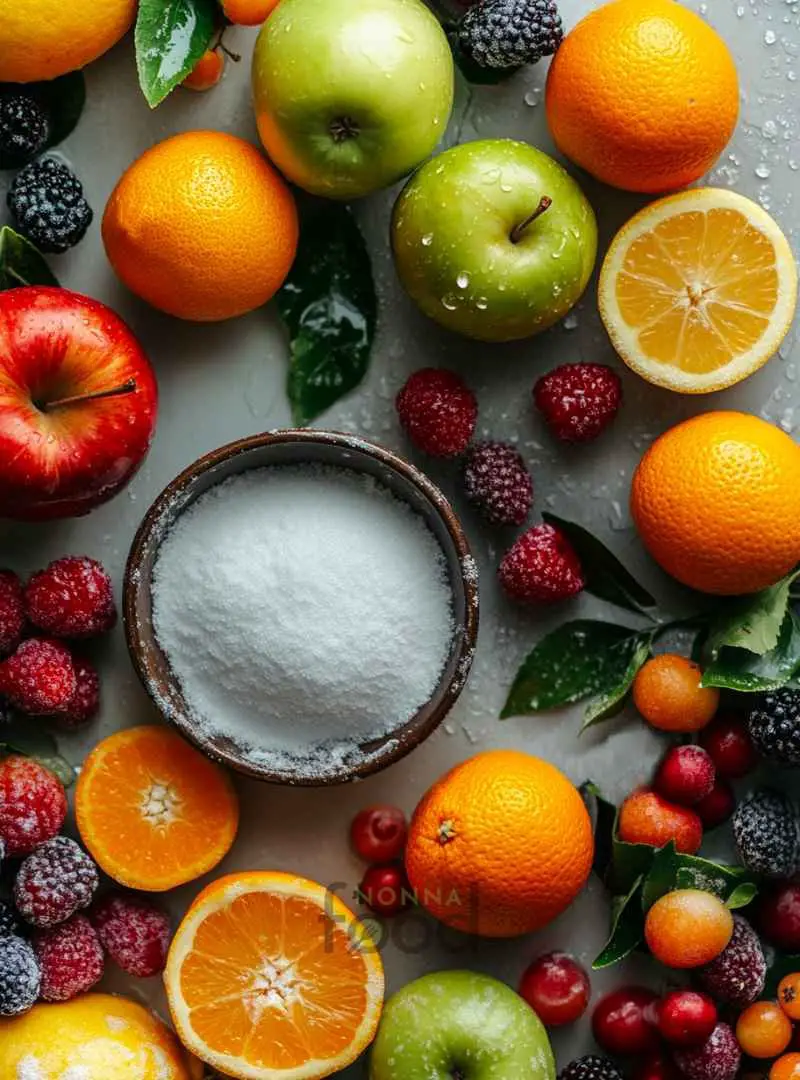
FAQs About Cleaning Fruit with Baking Soda
Can baking soda remove pesticides from fruit?
Yes, baking soda can help remove pesticides from fruit. Studies show that soaking fruit in a baking soda solution can reduce pesticide residues. This happens because baking soda breaks down the chemicals on the surface. However, it’s important to rinse the fruit thoroughly afterward. This way, you ensure that any remaining baking soda is washed away.
Is it safe to eat fruit after cleaning with baking soda?
Absolutely! It is safe to eat fruit after cleaning it with baking soda. Baking soda is a common household item and is non-toxic. Just make sure to rinse the fruit well after soaking. This will remove any leftover baking soda. Eating clean fruit is always a good choice for your health.
For how long should I immerse fruit in a baking soda solution?
Soaking fruit in a baking soda solution for about 12 to 15 minutes is ideal. This duration enables the baking soda to function effectively. To make the solution, mix one teaspoon of baking soda in a bowl of water. After soaking, rinse the fruit under running water. This ensures that all residues are gone.
Can I use baking soda on all types of fruit?
Yes, you can use baking soda on most types of fruit. It works well on apples, berries, and grapes. However, be gentle with delicate fruits like raspberries. They can be easily damaged. Always check the fruit for any signs of spoilage before cleaning. This way, you can enjoy fresh and safe fruit.
What are the best practices for cleaning organic fruit?
Cleaning organic fruit is important, even though it’s grown without synthetic pesticides. Start by rinsing the fruit under cold water. Then, use a baking soda solution for extra cleaning. Soak the fruit for 12 to 15 minutes, then rinse again. This helps remove dirt and any remaining residues. Always dry the fruit with a clean cloth afterward. This keeps your organic fruit fresh and safe to eat.
Conclusion
Recap of Benefits of Cleaning Fruit with Baking Soda
Cleaning fruit with baking soda offers numerous advantages. First, it effectively removes dirt and pesticides. This simple method ensures that your fruits are safe to eat. Additionally, baking soda is a natural and non-toxic cleaner. It’s gentle on the environment and your health. Using it can also enhance the taste of your fruit. When you wash your produce, you’re not just cleaning; you’re preserving flavor and freshness.
Encouragement to Adopt Safe Cleaning Practices
It’s essential to adopt safe cleaning practices for your fruits. By using baking soda, you’re making a smart choice. Remember, a clean fruit is a healthy fruit. So, next time you shop, consider this simple method. Your body will thank you for it! Embrace these practices and enjoy your fruits worry-free.
